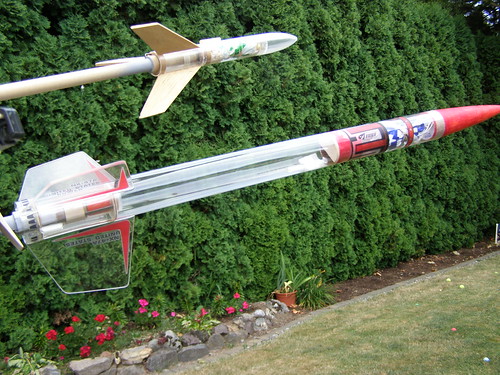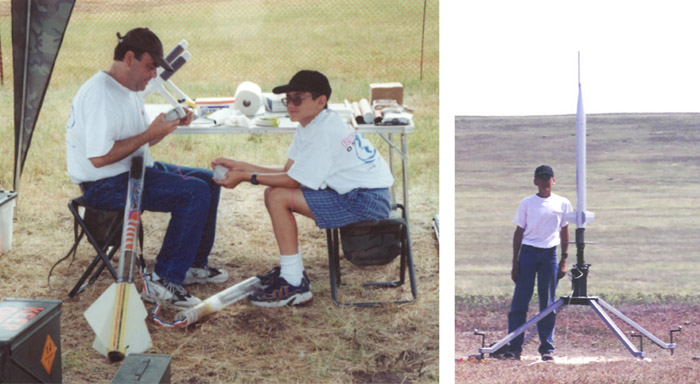BuiltFromTrash
Well-Known Member
- Joined
- Aug 7, 2014
- Messages
- 307
- Reaction score
- 5
Has anybody ever built a transparent rocket??
BuiltFromTrash
BuiltFromTrash

Has anybody ever built a transparent rocket??
BuiltFromTrash

Has anybody ever built a transparent rocket??
BuiltFromTrash


I was planning to make one (and then fill with lights for a possible night launch). I was told to avoid polycarbonate, as it's too flexible. Apparently acrylic is the way to go (at least for HPR).





Absolutely the very Worst advise you could have gotten! Polycarbonate is FAR superior for your Night flying airframe. Acrylic is FAR to brittle for use in model rockets it just cracks and splitters into shards.
reinforcing a thinwalled Polycarbonate outer airframe with Clear polycarb or ply centering rings and/or inner Polyethylene or polycarbonate stuffer tube(s) make for very stiff and stable rockets that aren't a hazard to fly. I use Polycarbonate Fins on models from micro to 4" with NO problem at all. My thickness of choice for most LMR Clustered models is .063" but .080 and .125" polycarbonate are readily available.
If you're planning on a night flying rocket all that LED Strings and electronics add a good bit of rigidity to the thin walled airframe.
As a Sign Manufacturing professional who has to use all kinds of plastics on a daily basis I'll tell you the exact opposite of what you heard:...Acrylic Plastic, even Modified Acrylic (High impact) plastic should be avoided in ANY Flying model rockets at all cost. It's A Flight SAFETY Issue.
That is a good idea! I bet you could use a dry cleaners bag or similar material for a shield! It might melt through though...
BuiltFromTrash
I've seen a design for a rocket made with a clear body tube that has a smaller diameter stuffer tube running through it. Think it was a Centuri design, but I don't remember for sure, or where I saw it, and all my rocket PDFs are on my home computer.
I've seen a design for a rocket made with a clear body tube that has a smaller diameter stuffer tube running through it. Think it was a Centuri design, but I don't remember for sure, or where I saw it, and all my rocket PDFs are on my home computer.




Enter your email address to join: